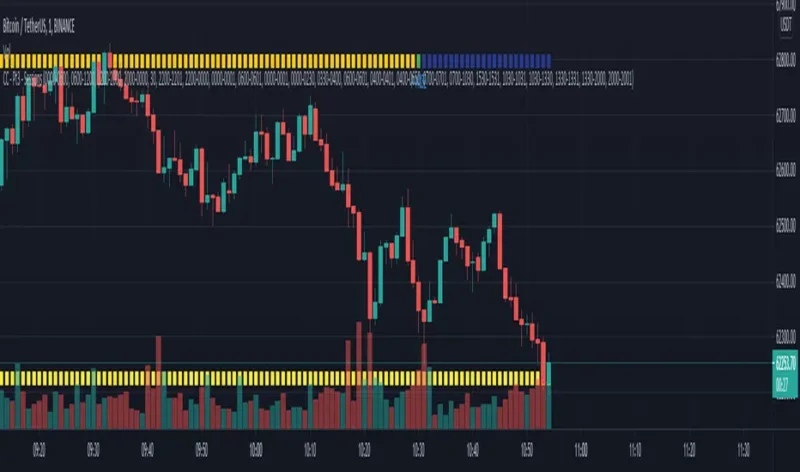In today\’s fast-paced digital landscape, understanding the nuances of data presentation is more vital than ever. Among the myriad tools available to visual analysts, DOM charts stand out as an innovative and powerful means of conveyance.
These dynamic graphs not only display complex datasets in an engaging manner but also highlight intricate patterns that may otherwise remain hidden in traditional representations. DOM trading charts, in particular, offer unique insights into market depth, allowing traders to see the flow of buy and sell orders in real time, further enhancing decision-making processes. As we delve into the inner workings of DOM charts, we will explore what they reveal about user interactions, market trends, and decision-making processes.
By grasping the significance of these charts, we can unlock valuable insights that drive informed strategies and foster a deeper appreciation for the data-rich world around us. Get ready to embark on a journey into the realm of visual analysis that can transform the way we perceive and understand information.
Key Components of DOM Charts

DOM charts are intricate visualizations designed to reflect the dynamics of the order book in financial markets. At their core, these charts showcase the interplay between buy orders (bids) and sell orders (asks), offering a real-time snapshot of market sentiment.
Each component of a DOM chart—ranging from the price levels and order sizes to the cumulative volume and market depth—provides traders with crucial insights. For instance, the depth of market (DOM) reveals not just the number of orders at various price points but also the potential resistance or support levels that might influence future price movements. Moreover, the ability to gauge the speed at which orders are executed can highlight moments of volatility or liquidity, shaping a traders strategy.
Elements like color coding enhance readability, allowing users to quickly identify prevailing trends. Thus, understanding these key components not only equips traders with useful information but also empowers them to make informed decisions in the fast-paced world of trading.
How to Read DOM Charts

Reading DOM charts can initially appear daunting, but once you grasp the key components, they become invaluable tools in your trading toolkit. Start by familiarizing yourself with the layout: the vertical axis typically represents price levels, while the horizontal axis displays the corresponding volume of orders at those prices.
This is where the depth of the market is revealed; high volumes at particular price points indicate strong support or resistance levels. Pay attention to the color coding—red often signifies sell orders, while green indicates buy orders, providing a visual cue to market sentiment.
As you analyze the chart, look for clusters of volume that may suggest potential price ceilings or floors, and dont overlook the gaps, which can signal shifts in the market landscape. Over time, with practice and attentiveness, youll develop an intuition for reading these charts, allowing you to anticipate market movements with increasing confidence.
The Importance of DOM Charts in Market Analysis

In the nuanced world of market analysis, DOM charts—short for Depth of Market charts—serve as indispensable tools for traders and investors alike. By visually representing the buying and selling interests at various price levels, these charts provide a dynamic snapshot of market sentiment and liquidity.
Imagine trying to navigate a bustling marketplace, where every buyer and seller holds unique motivations; DOM charts simplify this complexity, unraveling the layers of supply and demand that drive price movements. They reveal not just the current market depth but also potential price action, allowing astute participants to make informed decisions based on real-time data.
In a landscape rife with volatility, the insights gleaned from DOM charts can be the difference between seizing an opportunity and missing out, making them a crucial element in any comprehensive trading strategy.
Conclusion
In conclusion, understanding DOM charts is essential for traders seeking to navigate the complexities of financial markets effectively. These visual representations provide crucial insights into market depth, supply and demand dynamics, and real-time order flow, which are pivotal for making informed trading decisions. By analyzing DOM charts, traders can develop strategies that enhance their ability to gauge market sentiment and identify potential price movements.
Ultimately, mastering the intricacies of DOM trading can significantly elevate a traders performance, empowering them to thrive in an ever-evolving market landscape. Embracing this powerful tool not only improves trading accuracy but also fosters greater confidence in the decision-making process.


